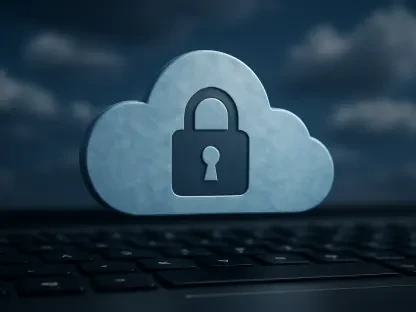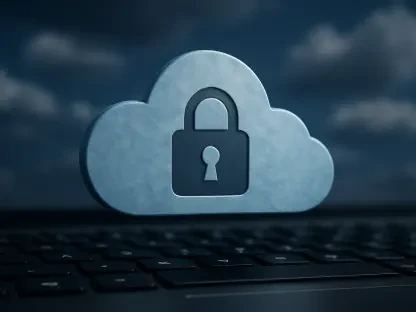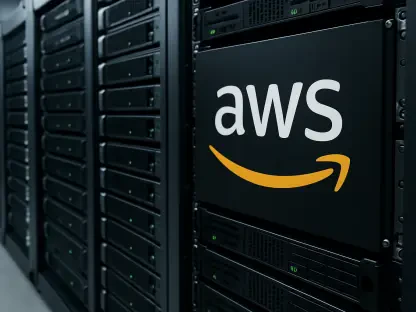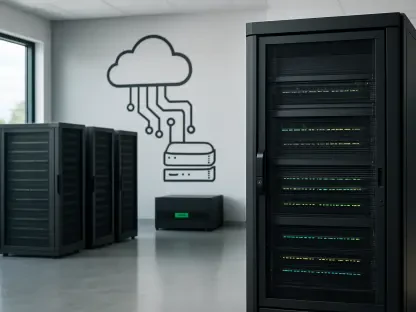In the ever-evolving landscape of cybersecurity, Maryanne Baines stands as a beacon of expertise, especially in the realm of cloud technology. With her extensive experience evaluating cloud providers, tech stacks, and product applications, she brings a profound understanding to tackling cybercrime. Our conversation delves into the recent international law enforcement success against a crypting syndicate that aided cybercriminals in evading detection. This operation, spearheaded by the FBI and involving global partners, offers a glimpse into the sophisticated world of cybercrime and the concerted efforts to combat it.
Can you explain the core operation of AVCheck and how it facilitated cybercrime?
AVCheck was essentially a service that cybercriminals leveraged to make their malware undetectable by antivirus software. It offered tools that could obfuscate malicious code, allowing criminals to gain unauthorized access to computer systems without being detected. This capability made it a cornerstone in the toolkit of many cybercriminal operations.
How do software crypting syndicates like AVCheck help criminals avoid detection by antivirus programs?
These syndicates provide crypting services that obscure the real code of malware, making it challenging for antivirus programs to recognize it as a threat. By constantly evolving their techniques and staying ahead of antivirus updates, they enable malicious software to bypass security systems.
Could you elaborate on the significance of the FBI Houston Field Office’s role in this takedown?
The FBI Houston Field Office was instrumental in coordinating the seizure of domains and servers tied to the syndicate. Their efforts, in collaboration with international law enforcement, were critical in dismantling a significant player in the cybercrime ecosystem, thereby disrupting the operations of numerous cybercriminals who relied on these services.
What was the contribution of international law enforcement partners in this operation?
International partners played a vital role by providing local intelligence, resources, and law enforcement capabilities. Their collaboration ensured a comprehensive approach to tracking and eventually seizing the assets of the crypting service across different jurisdictions.
How did investments in counter antivirus services assist cybercriminals in bypassing security systems?
By investing in services designed to counter antivirus measures, cybercriminals ensure their malware remains functional and undetected. These crypting services continuously refine their methods to stay one step ahead of antivirus updates, enabling a persistent threat presence in various systems.
Can you describe the process involved in targeting and taking down AVCheck?
The takedown involved meticulous planning, undercover operations, and the collaboration of multiple law enforcement agencies. It required seizing critical infrastructure like domains and servers while simultaneously gathering and analyzing digital evidence that linked AVCheck to broader criminal networks.
What were the outcomes of undercover purchases and analysis by investigators?
Undercover purchases allowed investigators to confirm AVCheck’s malicious intent. Analysis of the service offerings provided insights into the network of users and the types of malware they supported, which were crucial for building robust legal cases against the operators and users.
How were linked email addresses and data used to connect AVCheck services to ransomware groups?
Investigators analyzed email records and digital trails to associate specific AVCheck services with known ransomware groups. This connected data served as evidence identifying the syndicate’s clientele, highlighting its integration into the broader cybercrime landscape.
What steps did the Netherland’s High Tech Crime Team take beyond taking down AVCheck?
Beyond the takedown, the team implemented preventive measures like creating a fake login page, which deterred users from accessing the AVCheck platform. This not only disrupted active users but also provided additional intelligence on potential cybercriminal activities.
How did the creation of a fake login page help deter AVCheck users?
The fake login page confused users and sought to gather information from those attempting access. This dissuaded further use of the service, adding a layer of disruption to cybercriminal operations while also contributing to the intelligence pool on potential threats.
Can you discuss any ‘key evidence’ obtained on AVCheck administrators and users?
Key evidence included digital trails, transaction records, and communication logs that tied specific individuals to the syndicate. This information was pivotal in building cases against not only the operators of AVCheck but also its users who engaged in criminal activities.
What is the relevance of striking at the enablers of cybercriminals, as mentioned by US attorney Nicholas J Ganjei?
Targeting enablers eliminates crucial support systems for cybercriminals, thus reducing their capacity to execute attacks. By disrupting the services that enhance malware effectiveness, law enforcement weakens the overall potency of cybercrime networks.
How is Operation Endgame structured to dismantle cyber criminal services?
Operation Endgame is designed as a collaborative, multi-national effort that targets the infrastructure and support systems cybercriminals depend on. It aims to dismantle these services through coordinated raids, asset seizures, and arrests to dismantle entire criminal networks.
Could you share insights into the previous week’s operation involving hundreds of server takedowns and arrest warrants?
The previous week’s operation was a large-scale crackdown targeting the infrastructure supporting ransomware groups. By seizing hundreds of servers and issuing multiple arrest warrants, the operation disrupted numerous cybercriminal activities, stymying efforts across various regions.
What makes cyber criminals challenging to track down and what strategies are employed to stay ahead?
Cybercriminals are elusive due to their use of anonymizing technologies and complex international networks. Staying ahead requires continuous innovation, international cooperation, and leveraging advanced analytics to trace and preempt their activities.
How do joint interventions by national, international, and public-private partnerships contribute to preventing and stopping online crimes?
These partnerships merge resources and intelligence, enabling a multi-pronged approach to cybercrime. They allow for a formidable response that’s comprehensive and adaptable, enhancing the capability to anticipate threats and react swiftly.
Why is ‘malware as a service’ becoming a significant problem in cybersecurity?
‘Malware as a service’ lowers the entry barrier for cybercrime, allowing even those with limited technical skills to deploy sophisticated attacks. This proliferation increases the frequency and impact of cyber threats globally.
Can you explain the threat of infostealer malware to businesses?
Infostealer malware poses a significant threat by extracting sensitive information such as credentials and financial data. This data can then be sold or used for further attacks, leading to severe financial and reputational damage for businesses.
Would you say that the tackling of cybercrime requires a modern approach? Why or why not?
Absolutely. Cybercriminals continuously evolve their tactics, leveraging cutting-edge technology and social engineering. A modern approach, characterized by agility, innovation, and collaboration, is essential for effectively countering these dynamic threats.









